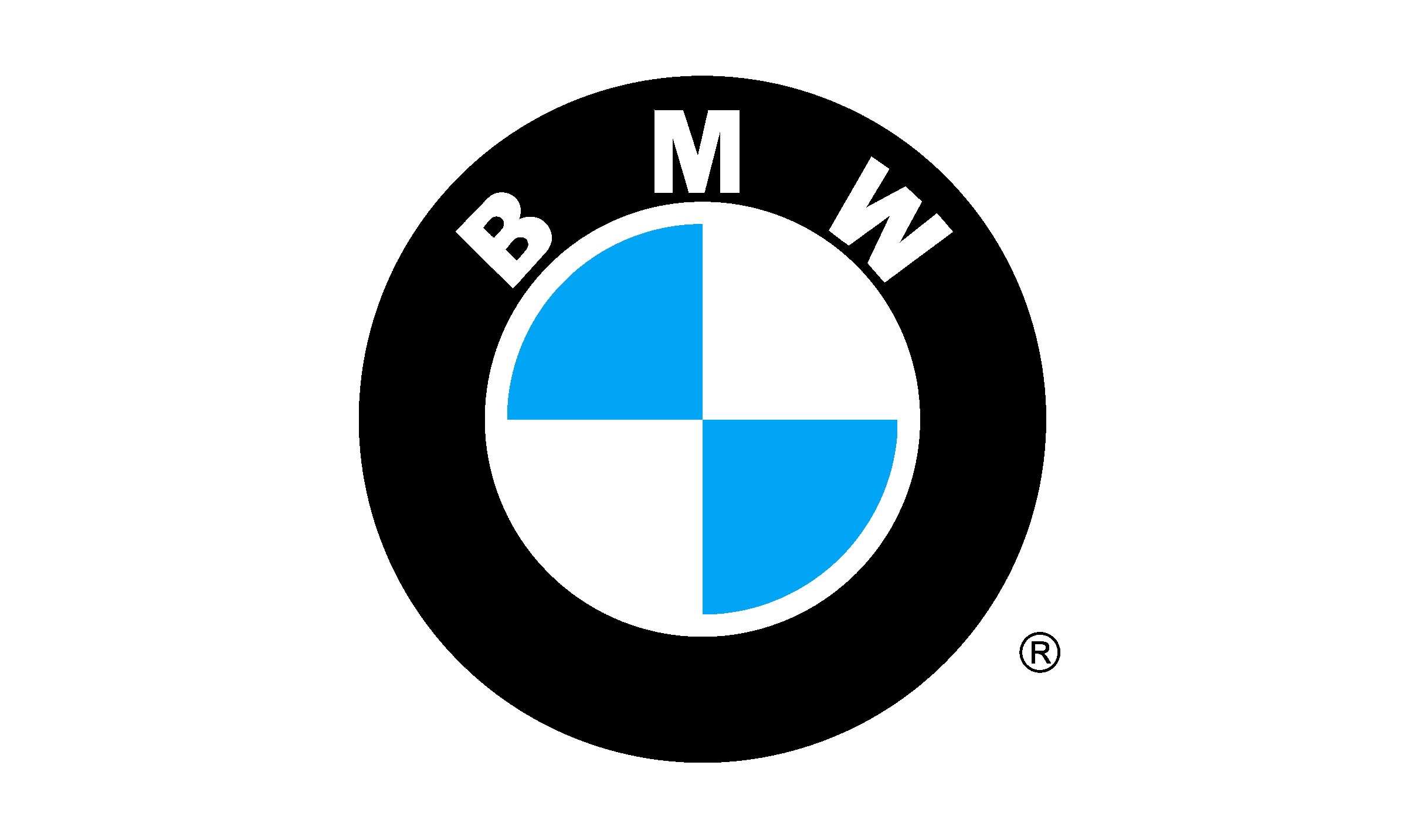


The auto is a primary mode of transport for lots of developed economies. The Detroit branch of Boston Consulting Group anticipated that, by 2014, one-third of world need would remain in the 4 BRIC markets (Brazil, Russia, India and China). Meanwhile, in the industrialized nations, the vehicle industry has slowed. It is also anticipated that this pattern will continue, particularly as the more youthful generations of people (in extremely urbanized nations) no longer wish to own a vehicle any longer, and prefer other modes of transport.
Emerging vehicle markets currently purchase more vehicles than established markets. According to a J.D. Power research study, emerging markets accounted for 51 percent of the global light-vehicle sales in 2010. The research study, carried out in 2010 anticipated this trend to speed up. Nevertheless, more current reports (2012) confirmed the opposite; specifically that the automobile industry was slowing down even in BRIC nations.
8 million systems. Production volume (1000 lorries) 1960s: Post war increase 1970s: Oil crisis and tighter security and emission regulation. 1990s: production began in NICs 2000s: increase of China as top manufacturer to 1950: U.S.A. had produced more than 80% of motor lorries. 1950s: UK, Germany and France rebooted production.
United States, Japan, Germany, France and UK produced about 80% of automobile through the 1980s. 1990s: South Korea became a volume manufacturer. In 2004, Korea became No. 5 passing France. 2000s: China increased its production drastically, and ended up being the world's largest producing country in 2009. 2010s: India overtakes Korea, Canada, Spain to end up being 5th largest vehicle manufacturer.


4%), India, Korea, Brazil and Mexico increased to 43%, while the share of U.S.A. (12. 7%), Japan, Germany, France and UK was up to 34%. 2018: India surpasses Germany to end up being 4th biggest vehicle manufacturer. World motor production (1997-2016) Year Production Modification Source 1997 54,434,000 1998 52,987,000 2. 7% 1999 56,258,892 6.
8% 2001 56,304,925 3. 5% 2002 58,994,318 4. 8% 2003 60,663,225 2. 8% 2004 64,496,220 6. 3% 2005 66,482,439 3. 1% 2006 69,222,975 4. 1% 2007 73,266,061 5. 8% 2008 70,520,493 3. 7% 2009 61,791,868 12. 4% 2010 77,857,705 26. 0% 2011 79,989,155 3. 1% 2012 84,141,209 5. 3% 2013 87,300,115 3.